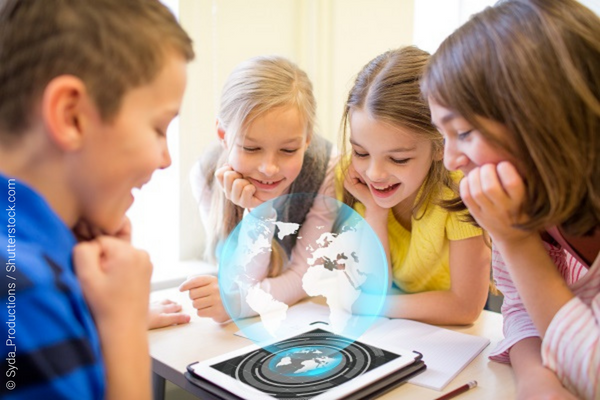Stay eSafe in seven steps!

Online safety, or eSafety, includes basic principles for the use of online tools and resources. In this tutorial you will find some helpful resources on the responsible use of the Internet and on developing a safe environment for teachers and students to collaborate online.
1. Better Internet for Kids
The new pan-European website, Better Internet for Kids, supports exchange of knowledge, expertise, resources and best practices to create a safe environment for children and young people online. Explore its various resources, such as Decision Trees, which helps young people take responsible decisions on how to use the Internet, or the annual Back2School campaign, consisting of tools for teachers to use throughout the school year.
Find more information on www.betterinternetforkids.eu
2. Safer Internet Day
Safer Internet Day (SID) is organised by Insafe each February to promote a safer and more responsible use of online technology and mobile phones around the world, especially among children and young people. Safer Internet Day 2016 will be celebrated on Tuesday 9 February 2016, and the theme for the day will be “Play your part for a better internet”.
To find out more or to take part, visit www.saferinternetday.org
3. Web We Want
A handbook created by young people for young people, Web We Want aims to explore online rights and responsibilities. Some of the topics covered in the handbook include participating on the web, shaping one’s identity, and privacy and copyright issues. This resource is not only designed to be used in the classroom, but can also serve as a useful resource for peer education.
Get the handbook from www.webwewant.eu
4. eSafety Label
The eSafety Label project aims to assist schools in their duty to provide a secure, enriching environment with safe access to online technology as part of the teaching and learning experience. Is your school on track with eSafety? Assess your infrastructure, policy and practice and get your personalised action plan now.
To become a certified eSafety School visit www.esafetylabel.eu
Why is eSafety such an important issue for all schools?
5. ENABLE
ENABLE (European Network Against Bullying in Learning and Leisure Environments) aims to tackle bullying in a holistic way, helping young people exercise their fundamental rights in the home, school and classroom, and among their peer group. ENABLE will be implemented in half a dozen countries across Europe, reaching 6,000 young people aged 11-14, 2,000 parents and at least 30 schools.
More information on http://enable.eun.org/
6. Teacher training material on eSafety
Are you a teacher trainer interested in teaching about eSafety issues in schools? The EU-funded project CPDLab has created teacher training materials on three topics, including eSafety. A complete trainer’s manual and supporting materials are freely available online, and includes 10 modules that can be used independently or combined in different ways.
Download the materials from http://fcl.eun.org/training-materials
7. Safer Internet Forum
The Safer Internet Forum (SIF) is a key annual international conference in Europe, where policy makers, researchers, law enforcement bodies, youth, and other relevant actors come together to discuss the latest trends, risks and solutions related to online safety for children. The 2015 forum took place on 28-29 October 2015 in Luxembourg.
For more information visit the SIF website at http://www.saferinternet.org/sif

